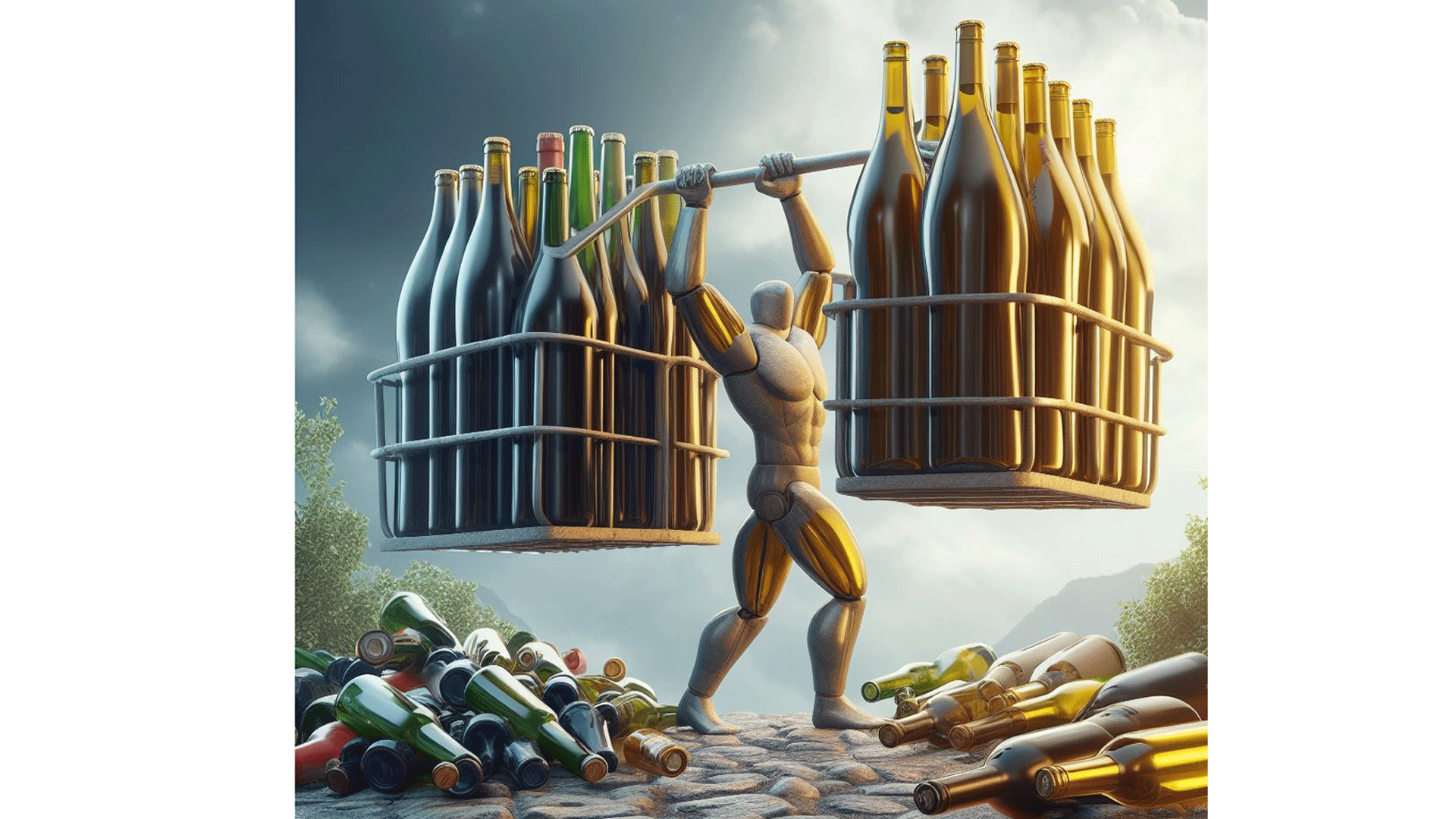Have you ever wondered if there’s a sustainable correlation between the weight of a wine bottle and the perceived quality of its contents? It’s a commonly held belief in the consumer market that a heavier bottle indicates a superior wine.
Yet, this weight-to-quality perception is a myth. Fair n’Green, a leading environmental certification agency, reveals that 40%-70% of a winery’s carbon footprint originates from these hefty glass bottles. In fact, a reduction of each gram in bottle weight can diminish CO2 emissions by about 0.8 grams. By this metric, producing 100,000 lighter bottles might offset nearly 7 tonnes of CO2, excluding the emissions from transportation – a crucial factor given the energy and logistics involved in shipping these robust containers.
Historical data shows that esteemed Bordeaux wine houses like Château Lafite Rothschild, in the 1960s, housed their wines in bottles weighing roughly 600 grams. Modern bottles might be heavier, but the argument that they offer better breakage resistance is debatable, especially since many older vintages continue to be preserved in collections worldwide.
In recent developments, the U.S.-based Revino is implementing a circular system in Oregon, collaborating with 30+ producers to recycle over 2.4 million bottles. These revamped bottles, weighing 495 grams apiece, are designed for approximately 50 uses. Europe, on the other hand, is trending towards even lighter bottles, with Germany leading the charge on universally-designed bottles that promote multiple uses. Remarkably, after just three uses, the environmental impact of these glass bottles surpasses that of PET plastic bottles.
Speaking of PET, Romania’s leading wine producer, Cramele Recas, is exploring the option of PET bottle packaging. Preliminary findings showcase multiple benefits: transportation efficiency due to increased bottle capacity per truck, a drastic decrease in CO2 emissions, and notable reductions in breakage. However, the consumer market still shows a penchant for the substantial feel of traditional heavy bottles.
Innovations in Sustainable Wine Packaging
The current packaging sector is bubbling over with groundbreaking solutions. Consider FrugalPac: a lightweight, 82-gram paper bottle, made from 94% recyclable materials. This sustainable design uses 77% less plastic and leaves a carbon footprint that’s six times less than its glass peers. Additional sustainable contenders in the packaging arena are bag-in-box, KeyKegs, and canned wines. These alternatives assist wineries in reducing their environmental impact while maintaining product integrity. Furthermore, some brands, such as When in Rome, actively communicate their CO2 output. Additionally, they have been awarded B-Corp status, the highest sustainability award a company can achieve.
While top-tier wines might not be making a switch to paper packaging anytime soon, there’s a palpable shift among premium producers towards lighter bottle designs. Spearheading this transformation are Jackson Family Wines and Torres, founders of the “International Wineries for Climate Action” (IWCA). This coalition encourages wineries to adopt comprehensive sustainability measures encompassing vineyard management, production processes, and packaging, extending to aspects like employee commuting and power generation.
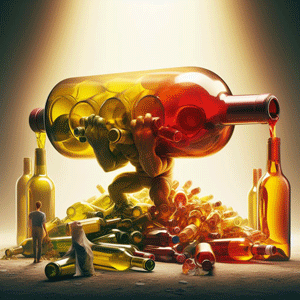
Glass bottles, undoubtedly, will remain significant in the wine packaging spectrum. Yet, it’s essential to recognize that not every wine requires glass packaging, particularly those meant for prompt consumption. For certain entry-level wines, packaging expenses, inclusive of the bottle, label, and seal, might overshadow the wine’s actual cost. This poses a valid question for businesses: “Is the traditional packaging method truly indispensable for all wine categories?”
In defense of glass, it’s chemically inert, ensuring no reactions with the wine and offering minimal oxygen transmission, essential for wines intended for aging. Nevertheless, for basic wines, the allure of heavy bottles is fading, replaced by a quest for sustainability and efficiency.
My boutique-agency, Sustaina Wines, addresses this issue by emphasizing lightweight packaging, actively working to reduce CO2 emissions, and promoting the enhancement of local biodiversity within the vineyards.
How is your company addressing the issue?
Did you Like the Article?
Did you find this article helpful? Please share it. If you’d like to discuss it further, don’t hesitate to reach out. If you’re in search of an educator for your masterclass or brand presentation, feel free to check in with us, and we can schedule a call.
Disclaimer:
This text was neither commissioned nor compensated. It reflects exclusively my own opinion.
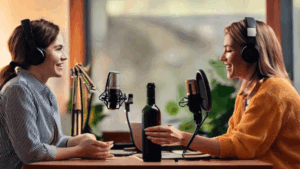
ConVINOsation Podcast Brings EUROVINO Wine Fair to Life
In collaboration with Messe Karlsruhe, we are proud to launch ConVINOsation, a new podcast dedicated to tackling the wine industry’s most pressing topics. Hosted by
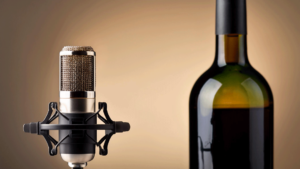
Live on Wein Verkauft!
I recently had the opportunity to join freelance consultant Diego Weber from Germany on his podcast, On German!. Over the course of the two-hour episode,

Live on the Morning Show
In July 2024, I had the exciting opportunity to appear on New York’s WTBQ Frank Truatt’s Morning Show, the #1 drive time morning show, with
Challenging Year for French Wines & Spirits Exports 2023
In the year 2023, the French wine and spirits sector navigated through challenging waters to post exports worth €16.2 billion. Despite representing a 5.9% decline from the previous year, this figure stands as the second-highest in the industry’s export history. The volume of exports also saw a considerable reduction, falling by 10.4%. However, the sector managed to maintain its status as the leading contributor to France’s agri-food surplus and the third largest in the nation’s overall trade balance, with a trade surplus of €14.8 billion, down by 5.8%.

DWI Announces Winner of the Sommelier Cup 2024
The DWI Sommelier-Cup 2024, hosted by the German Wine Institute (DWI), concluded on January 22, 2024, with Katharina Iglesias from wineBank in Hamburg claiming the title. The event, held at the Atrium Hotel in Mainz, witnessed participation from 28 professionals across various sectors of the wine industry. While the competition’s popularity remains undeniable, a critical examination of its structure and outcomes reveals aspects worth contemplating.
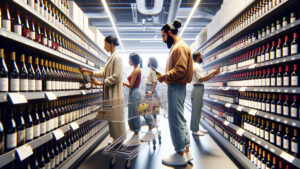
German Wine Consumption Plummets in 2023
The German wine consumption and buying behaviour is changing. (Photo: DallE)
